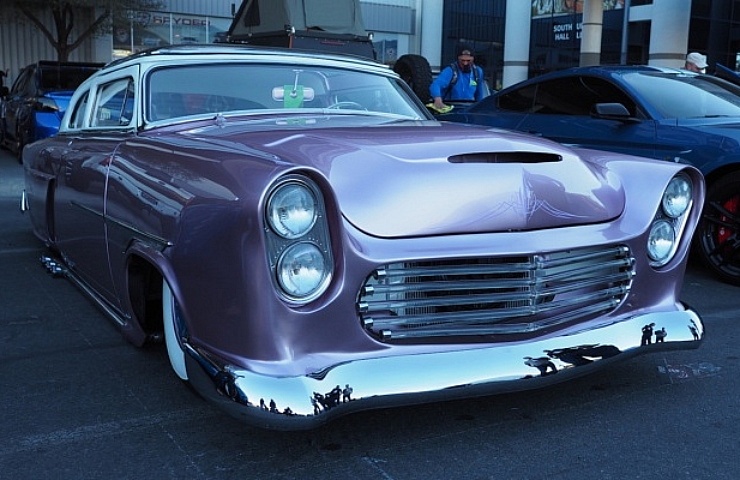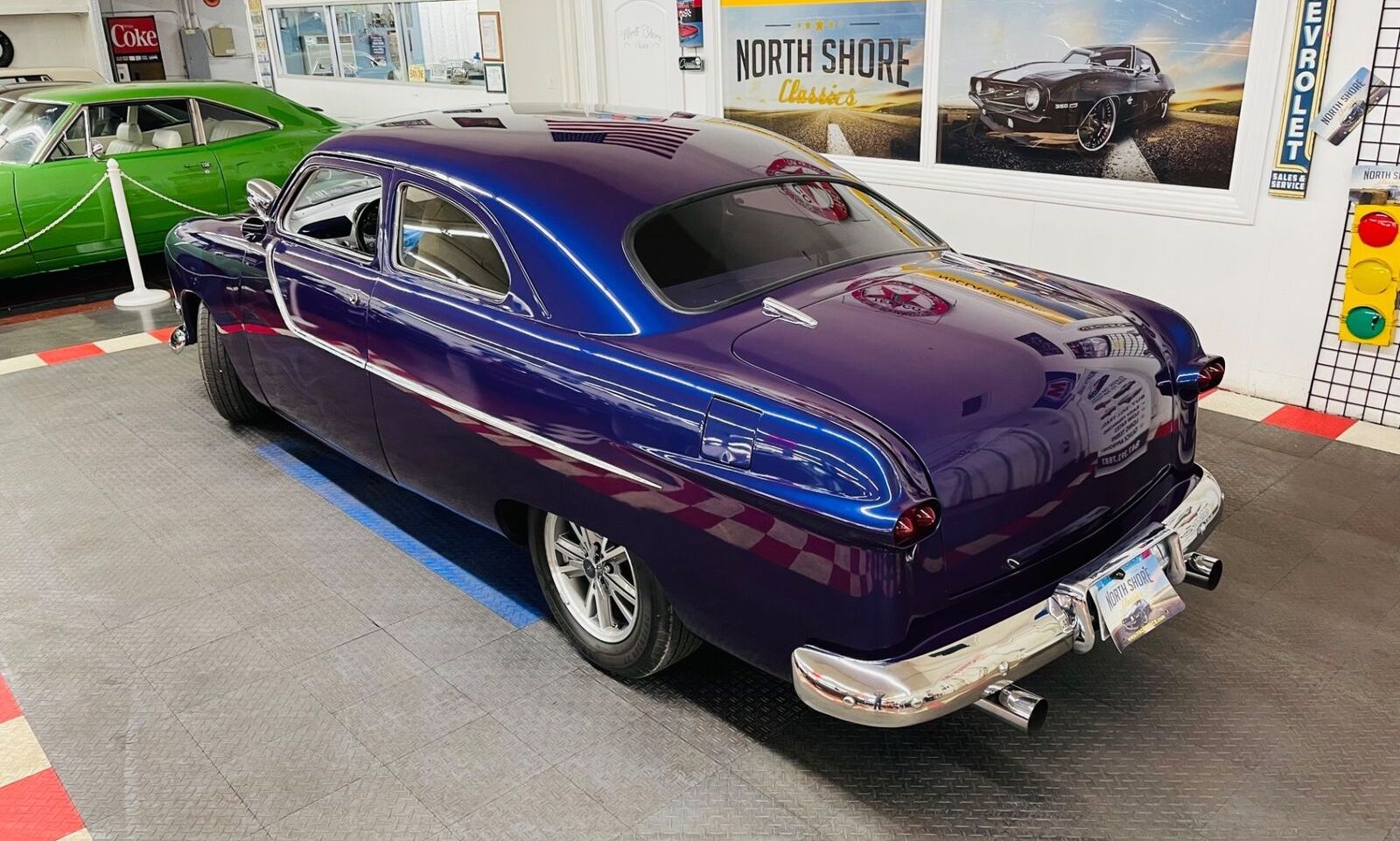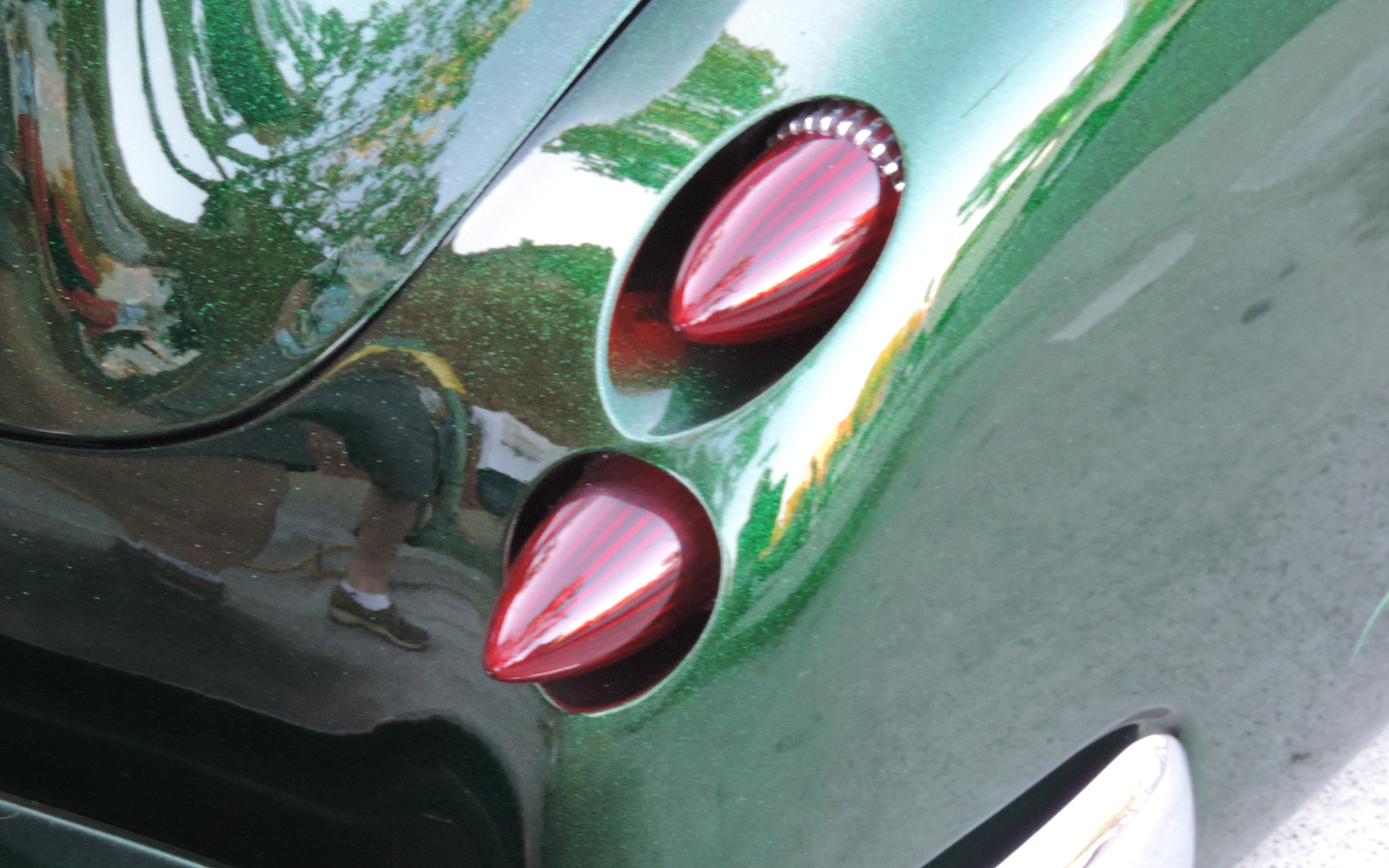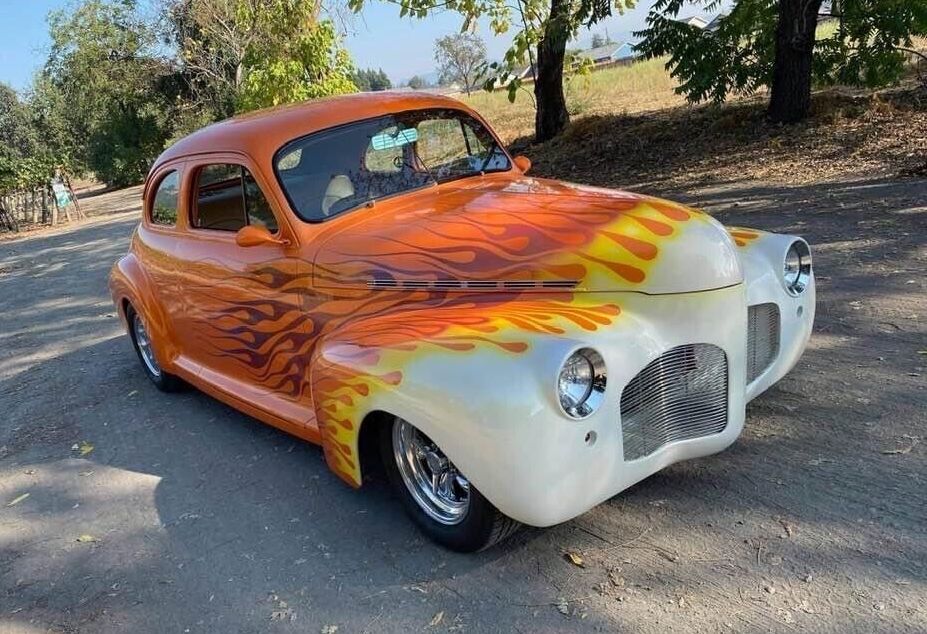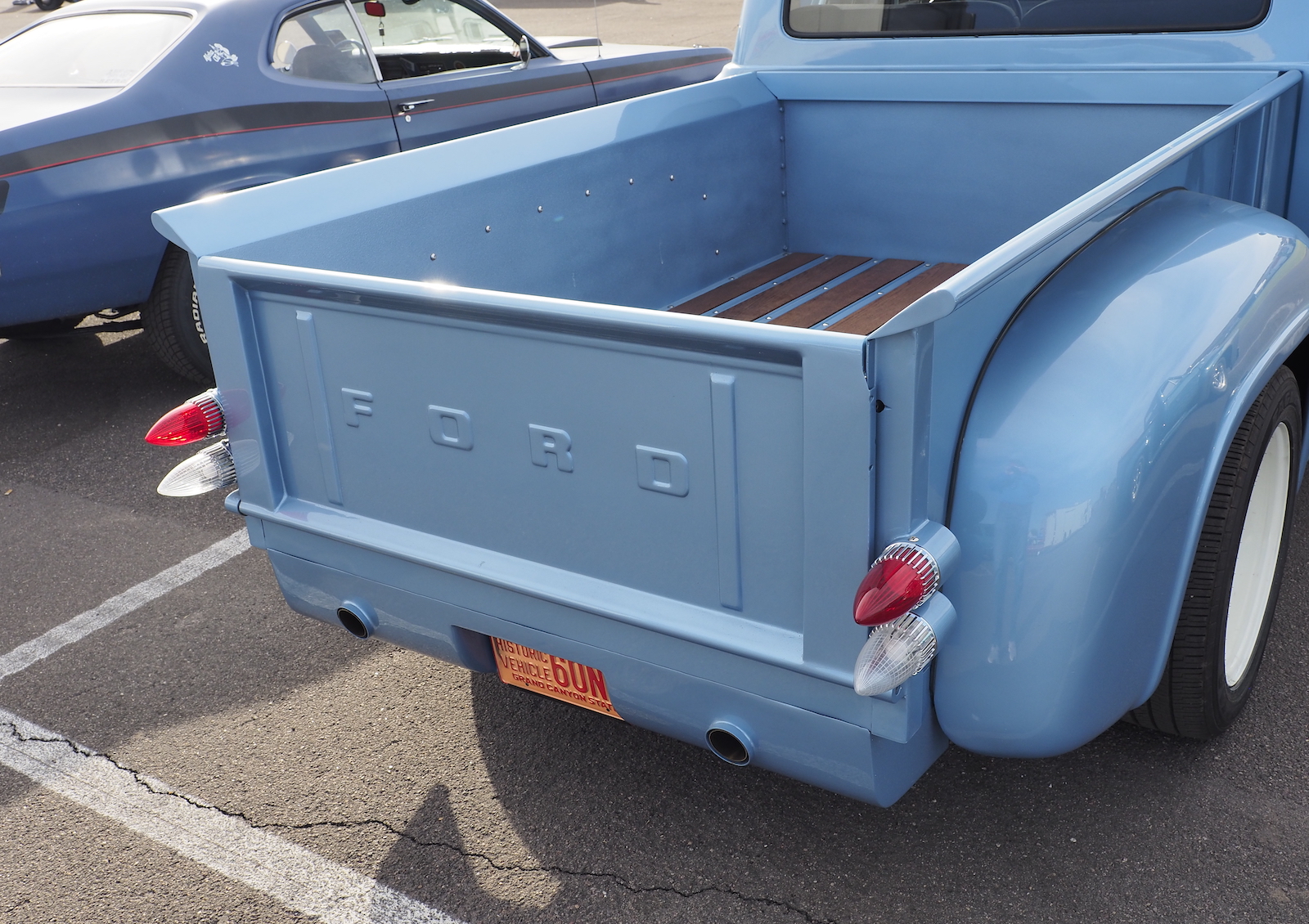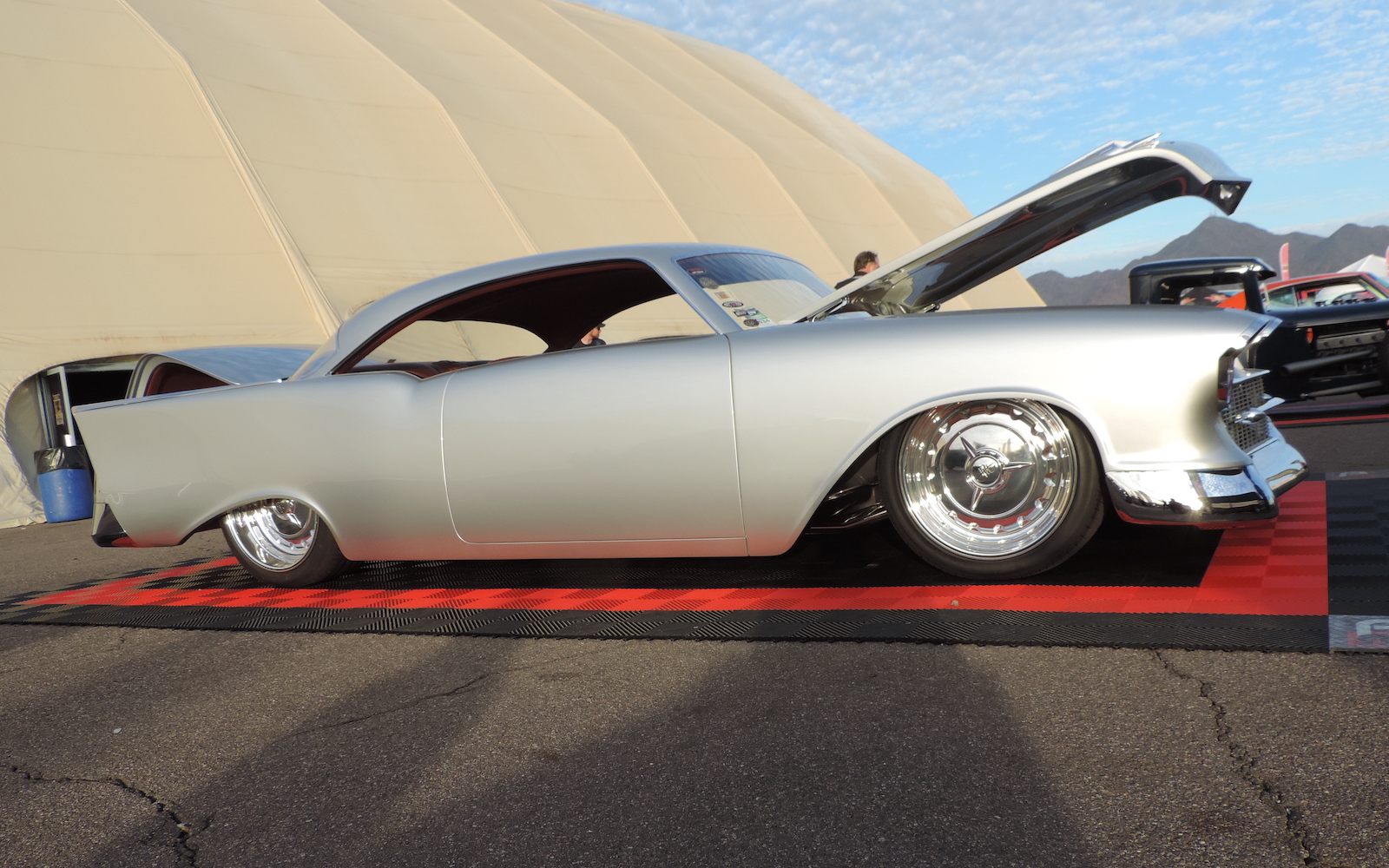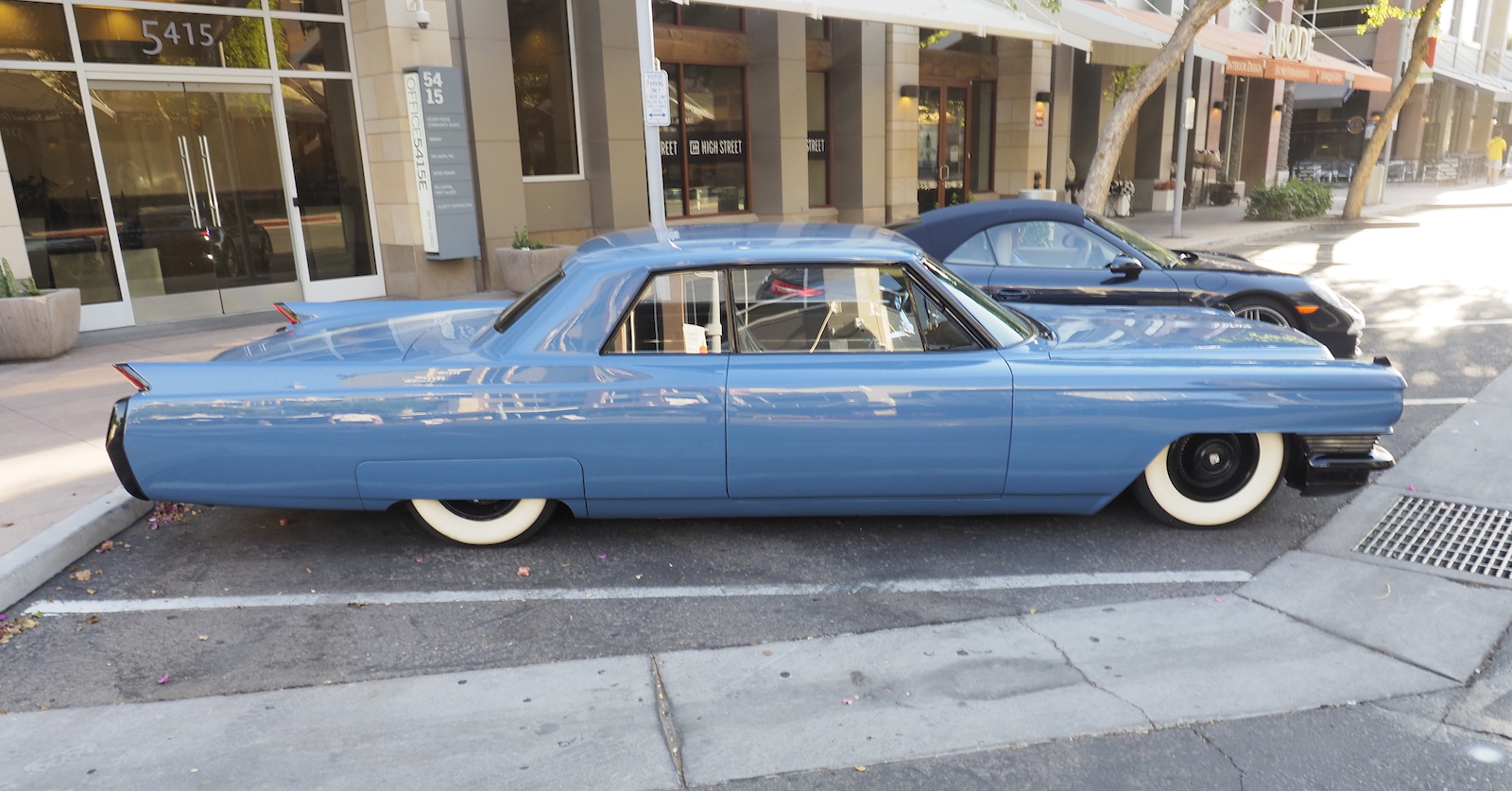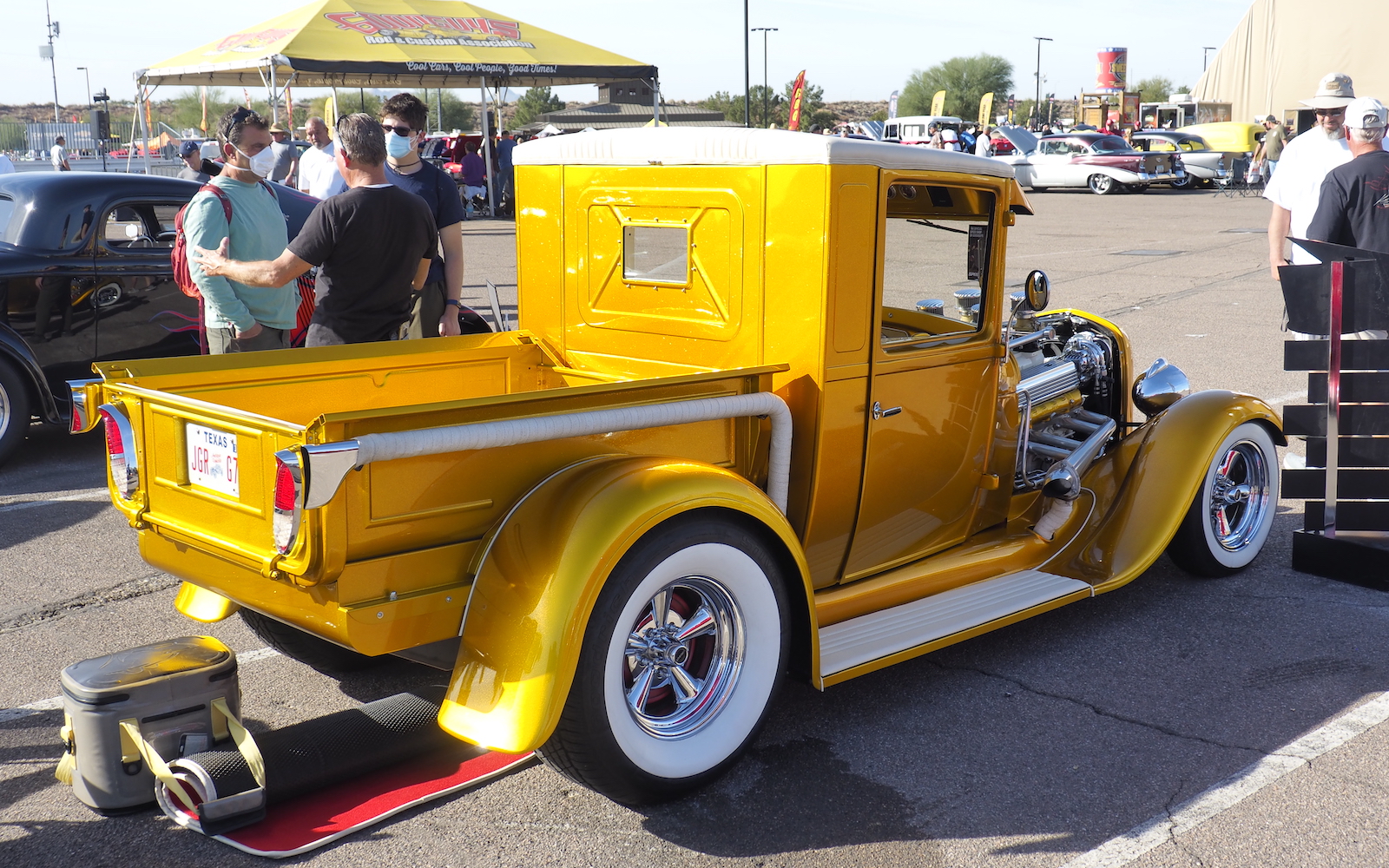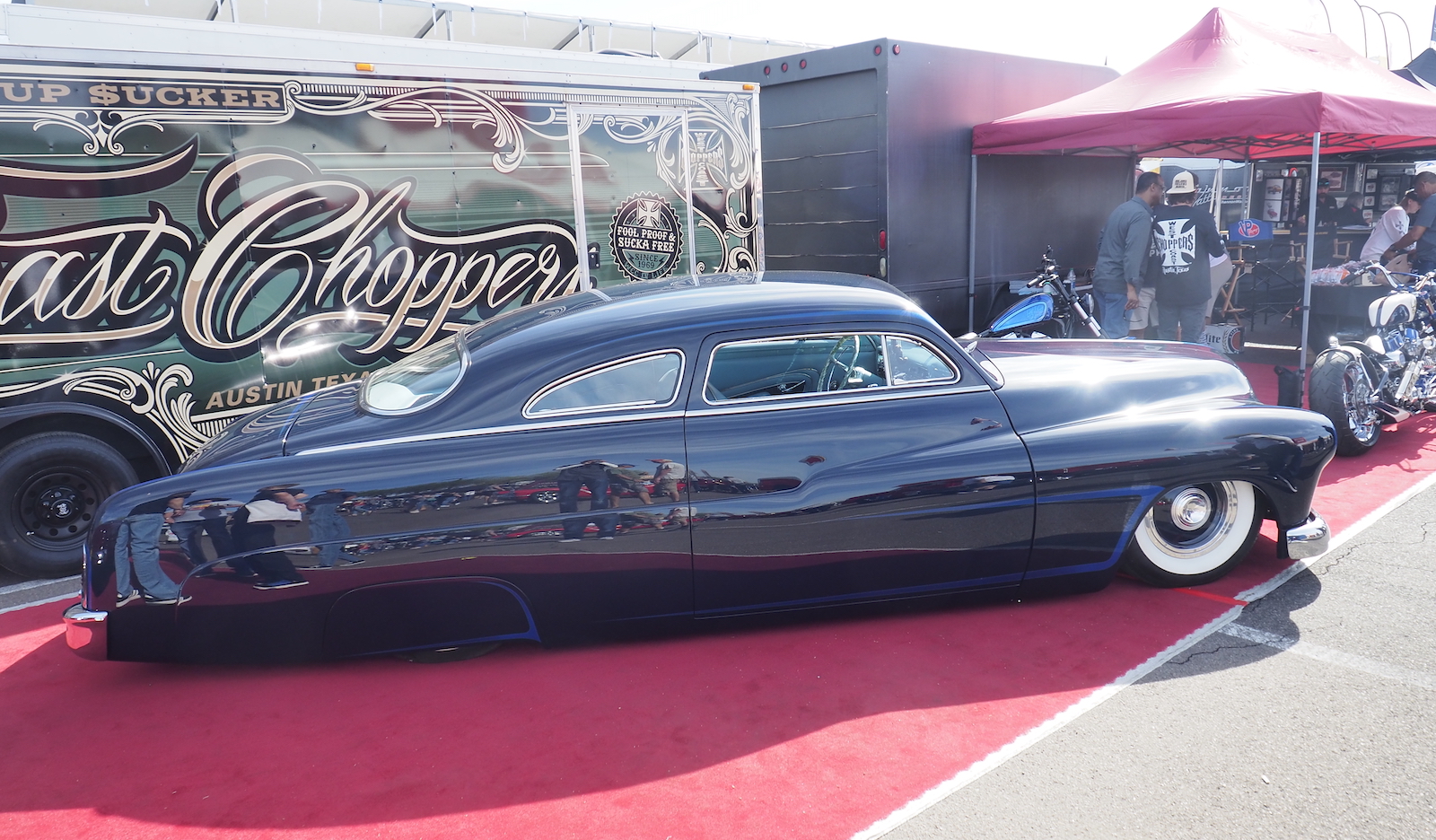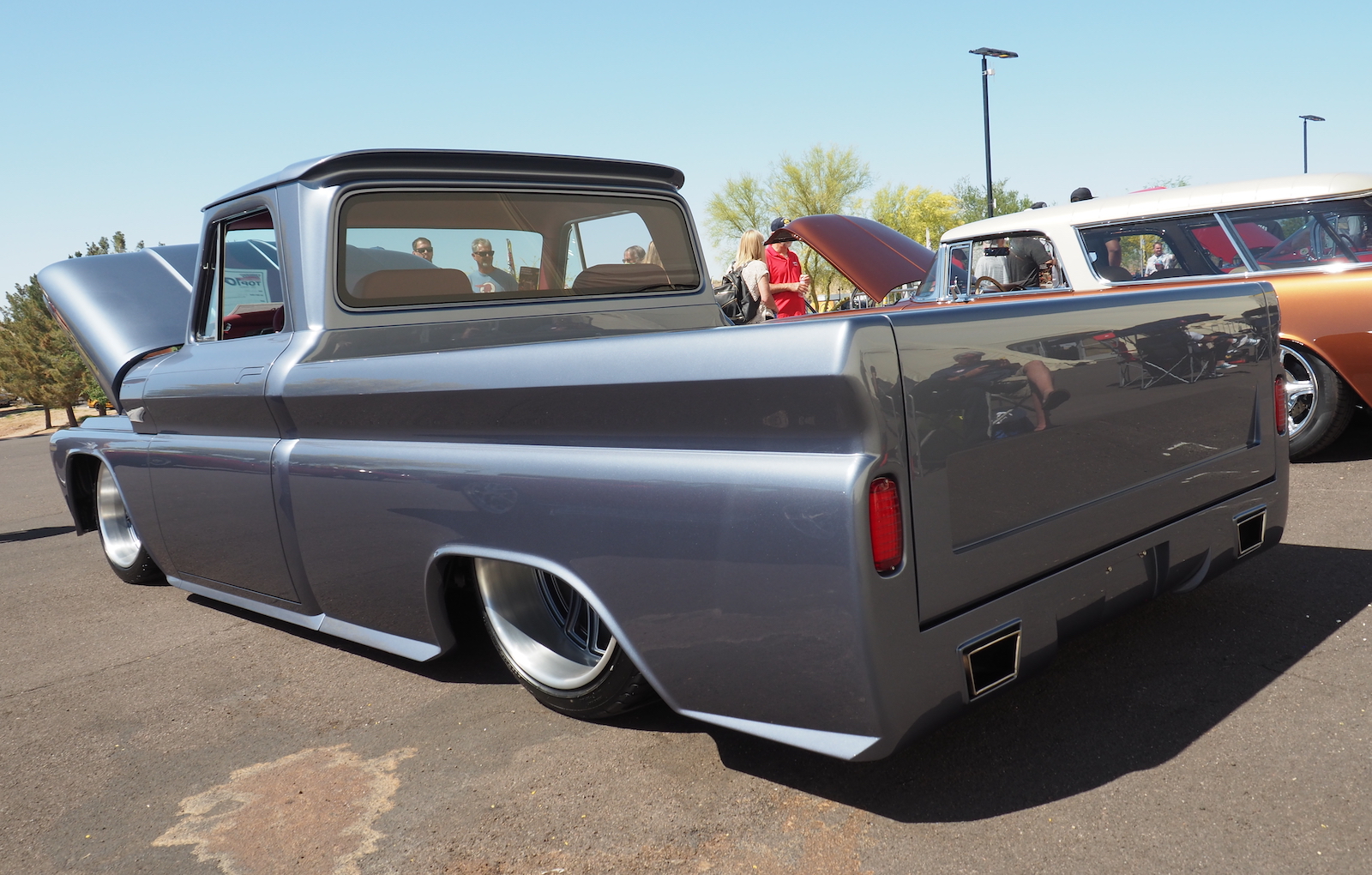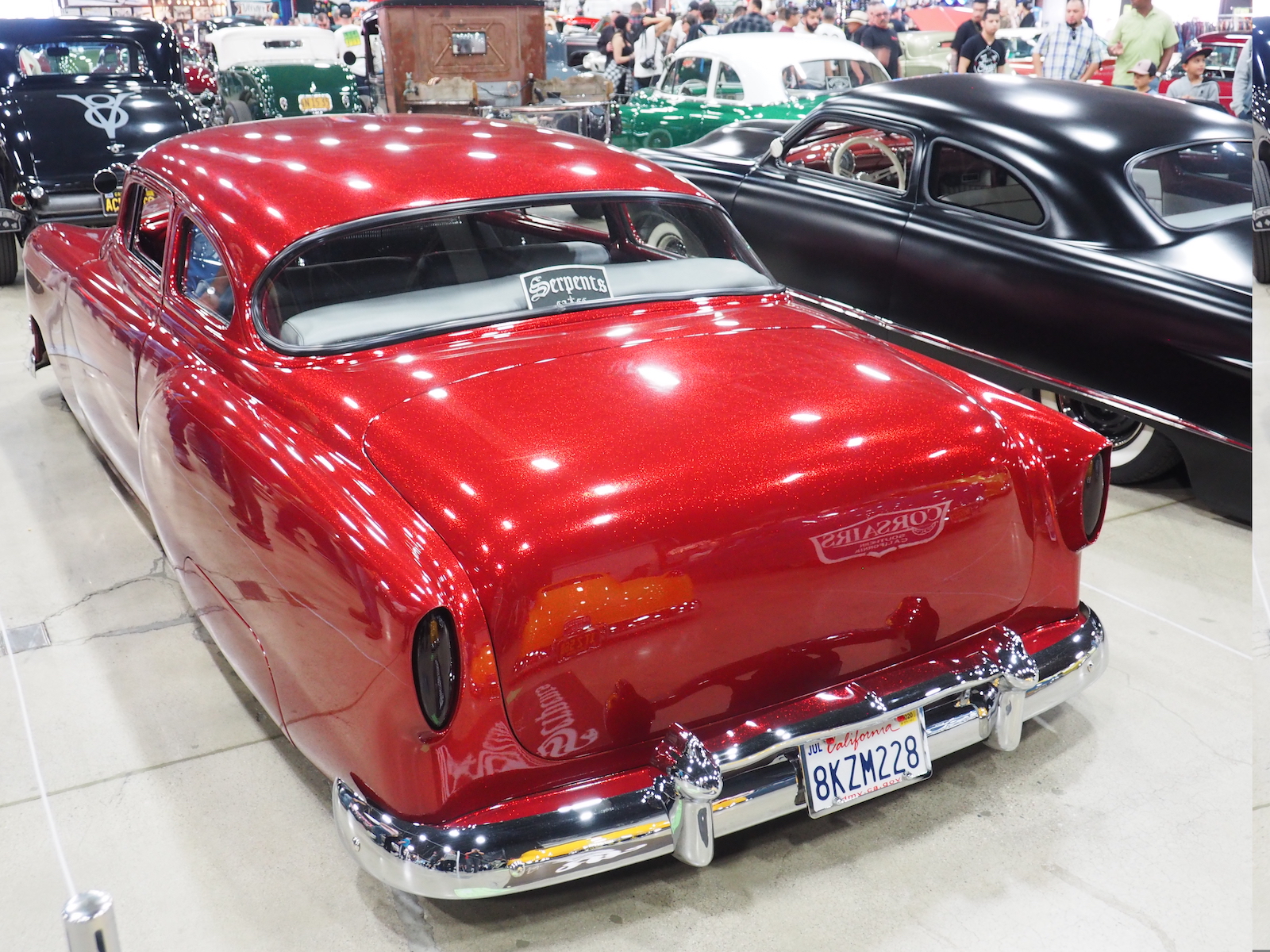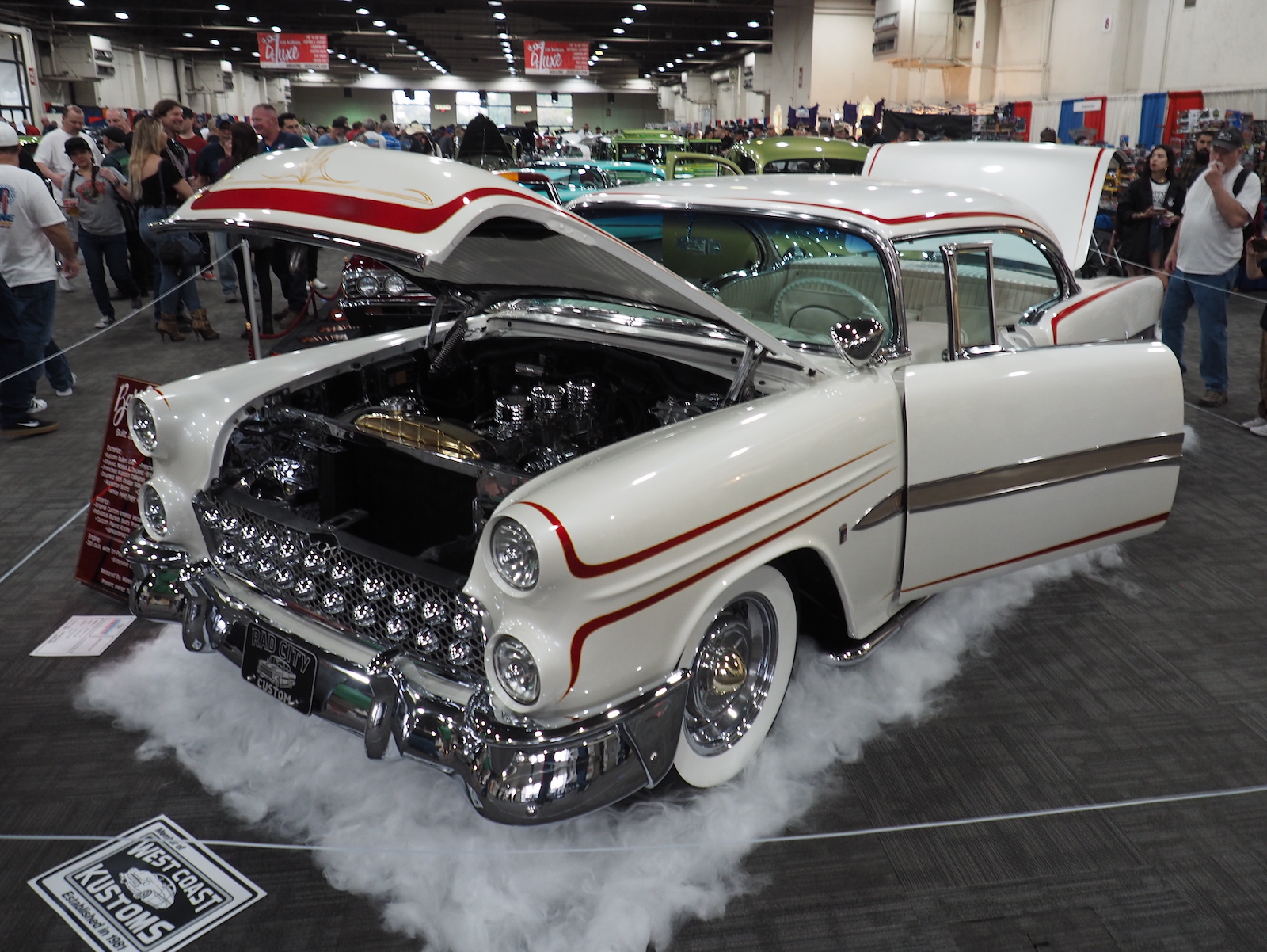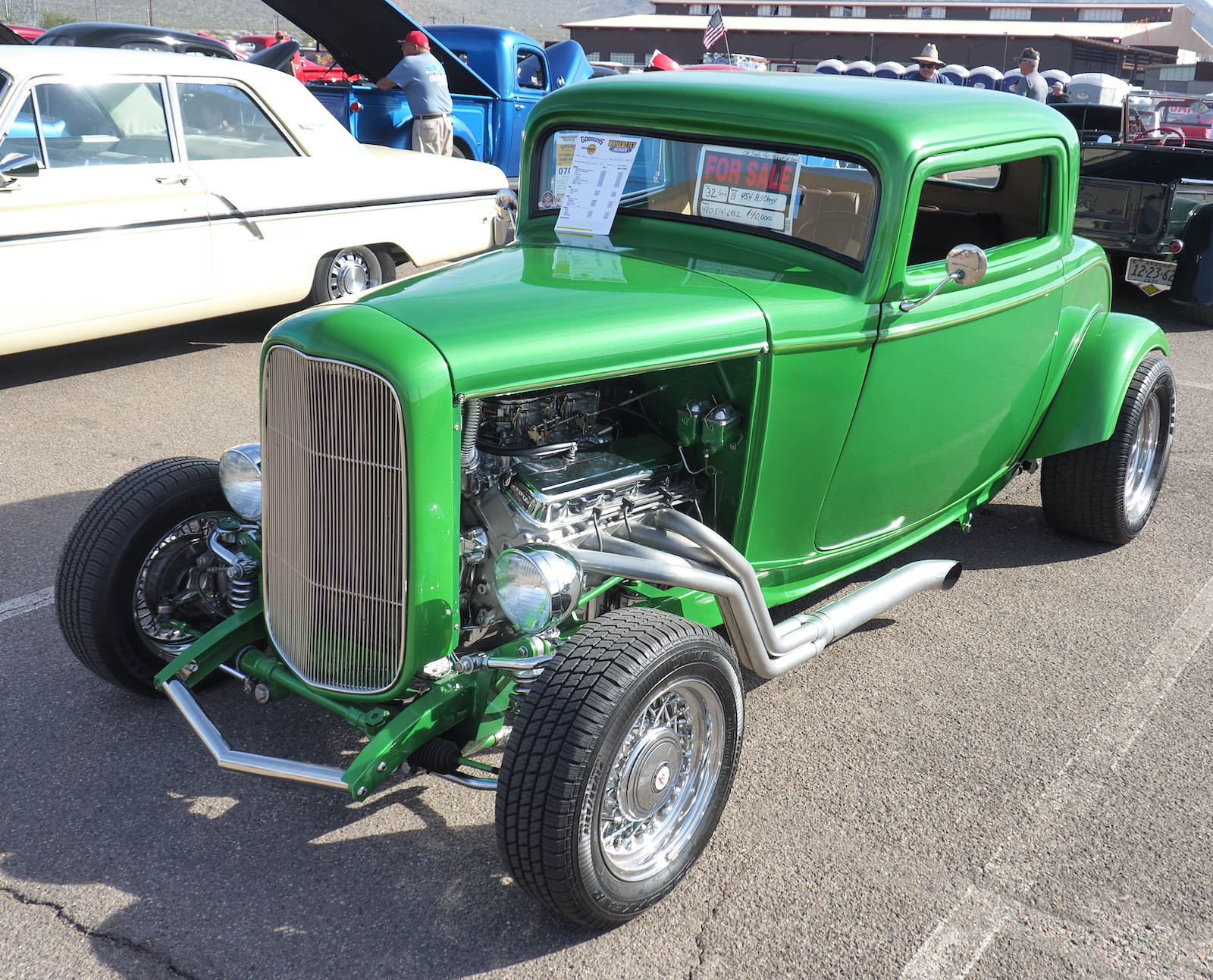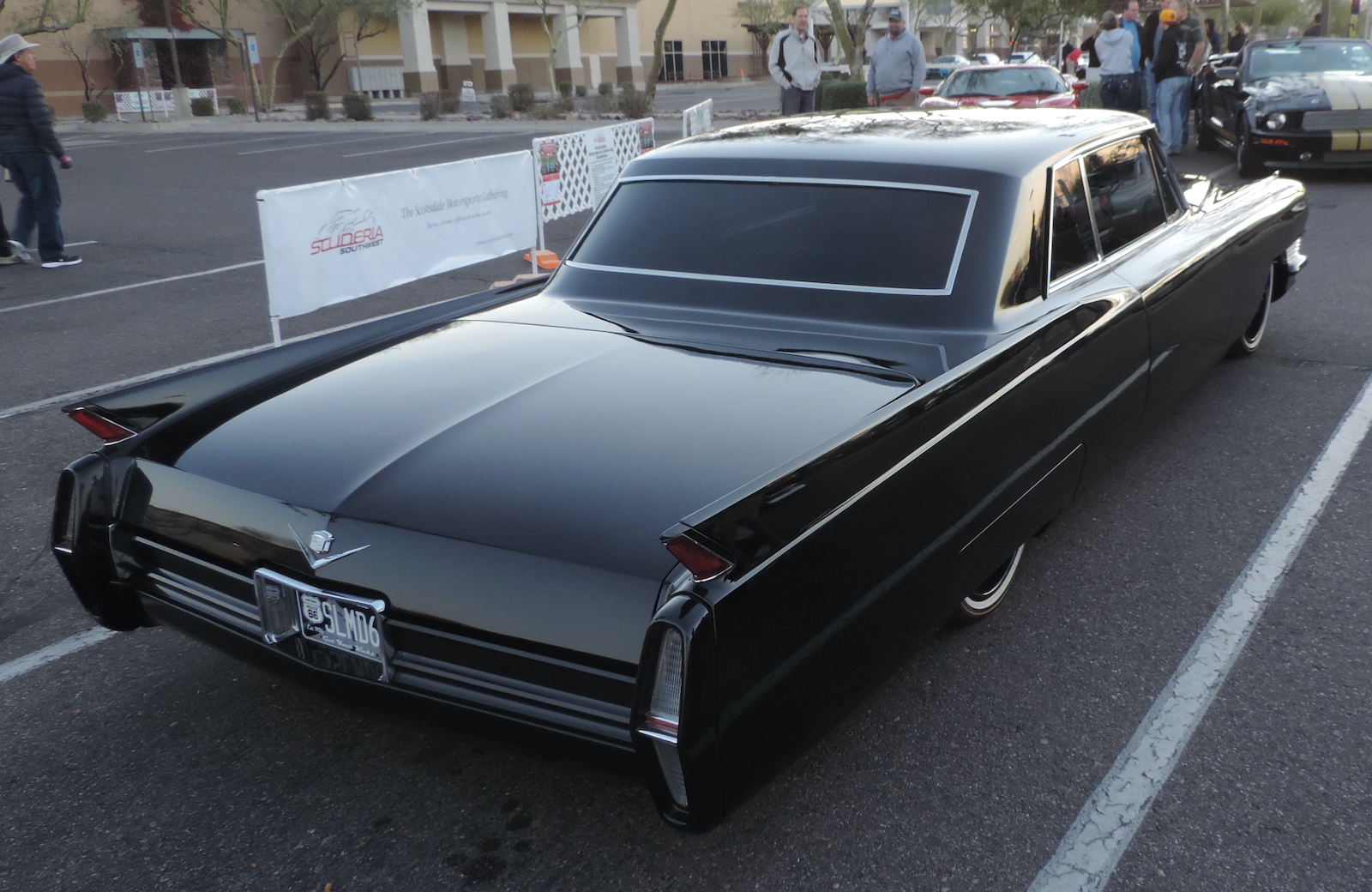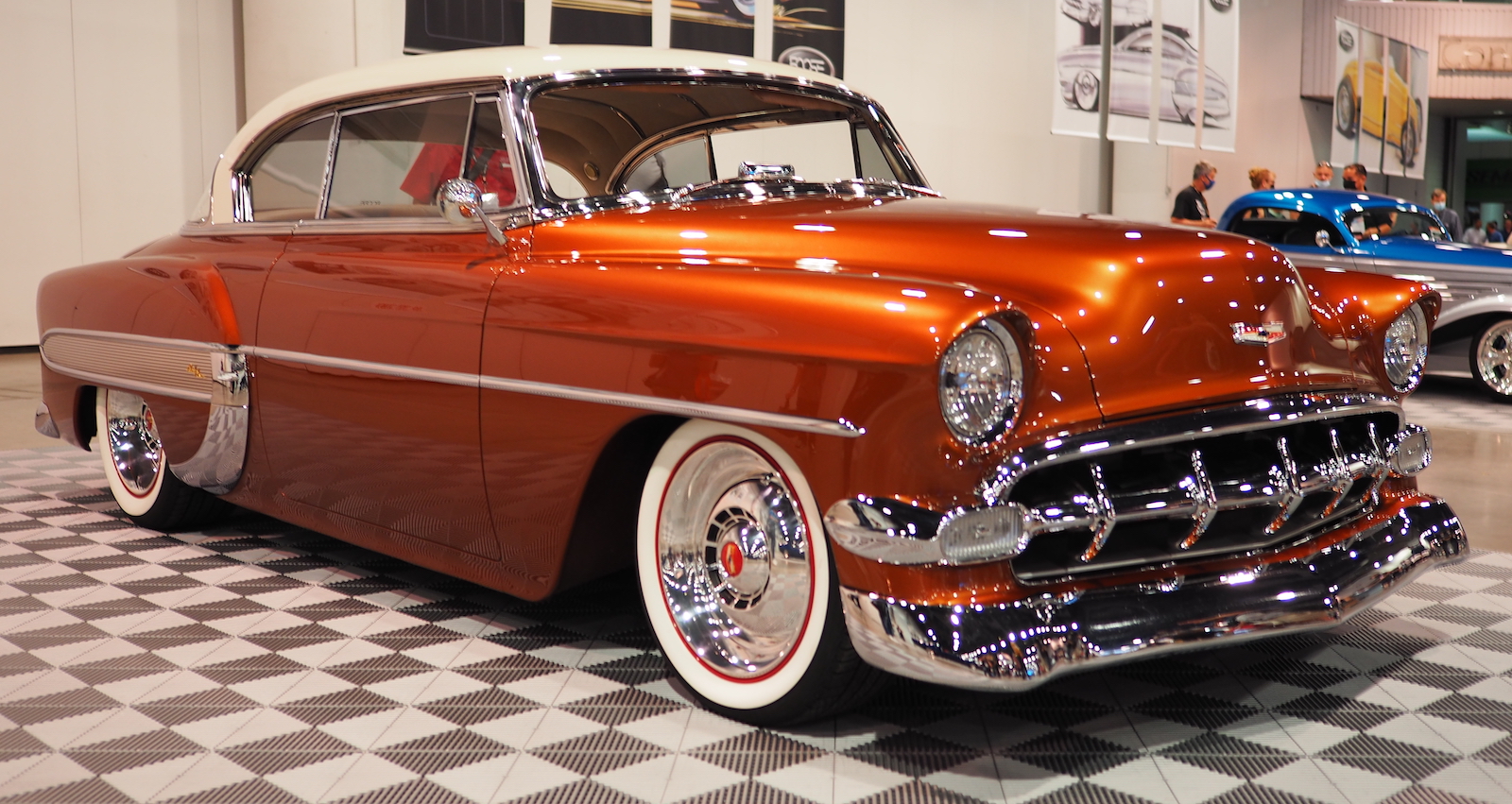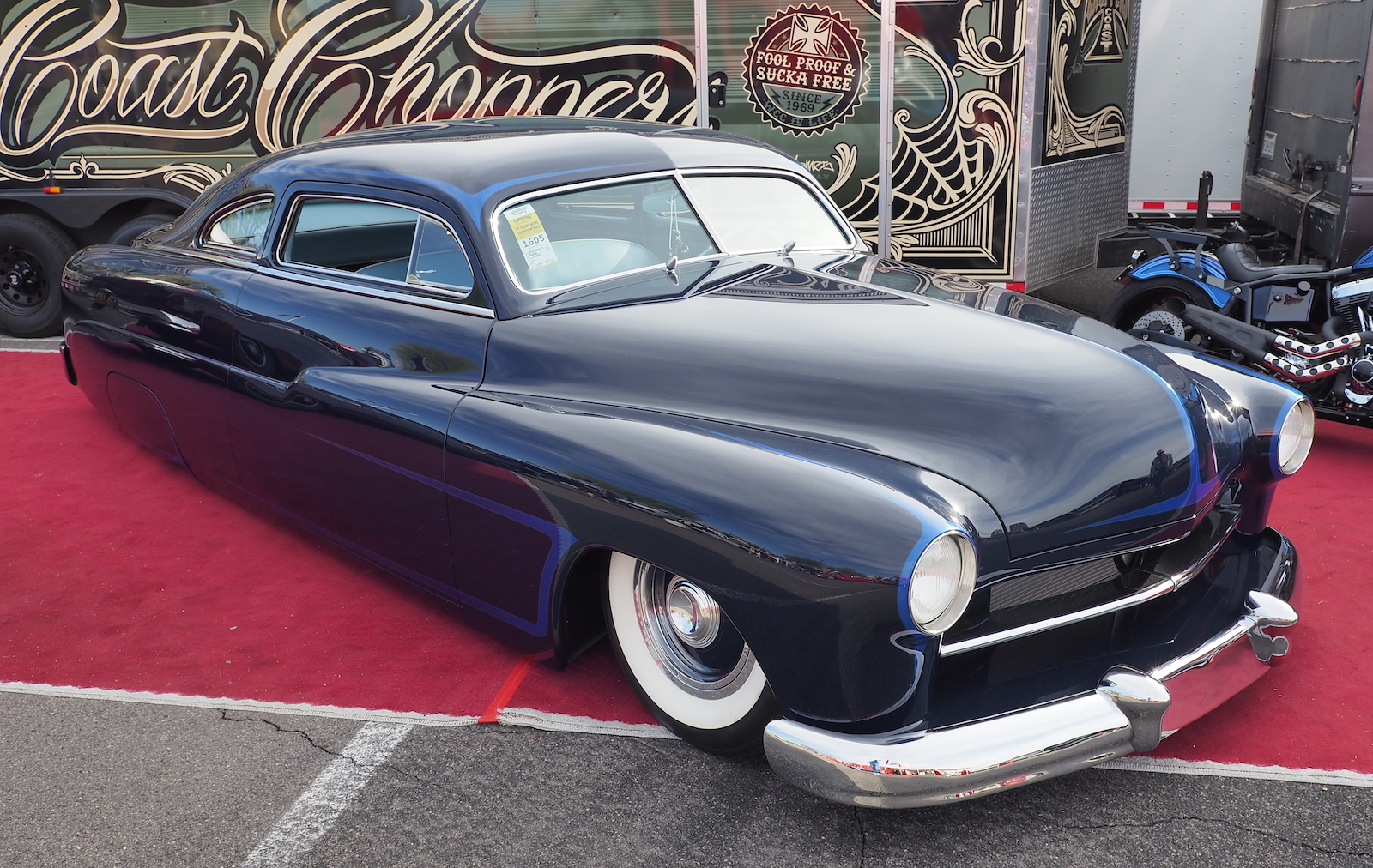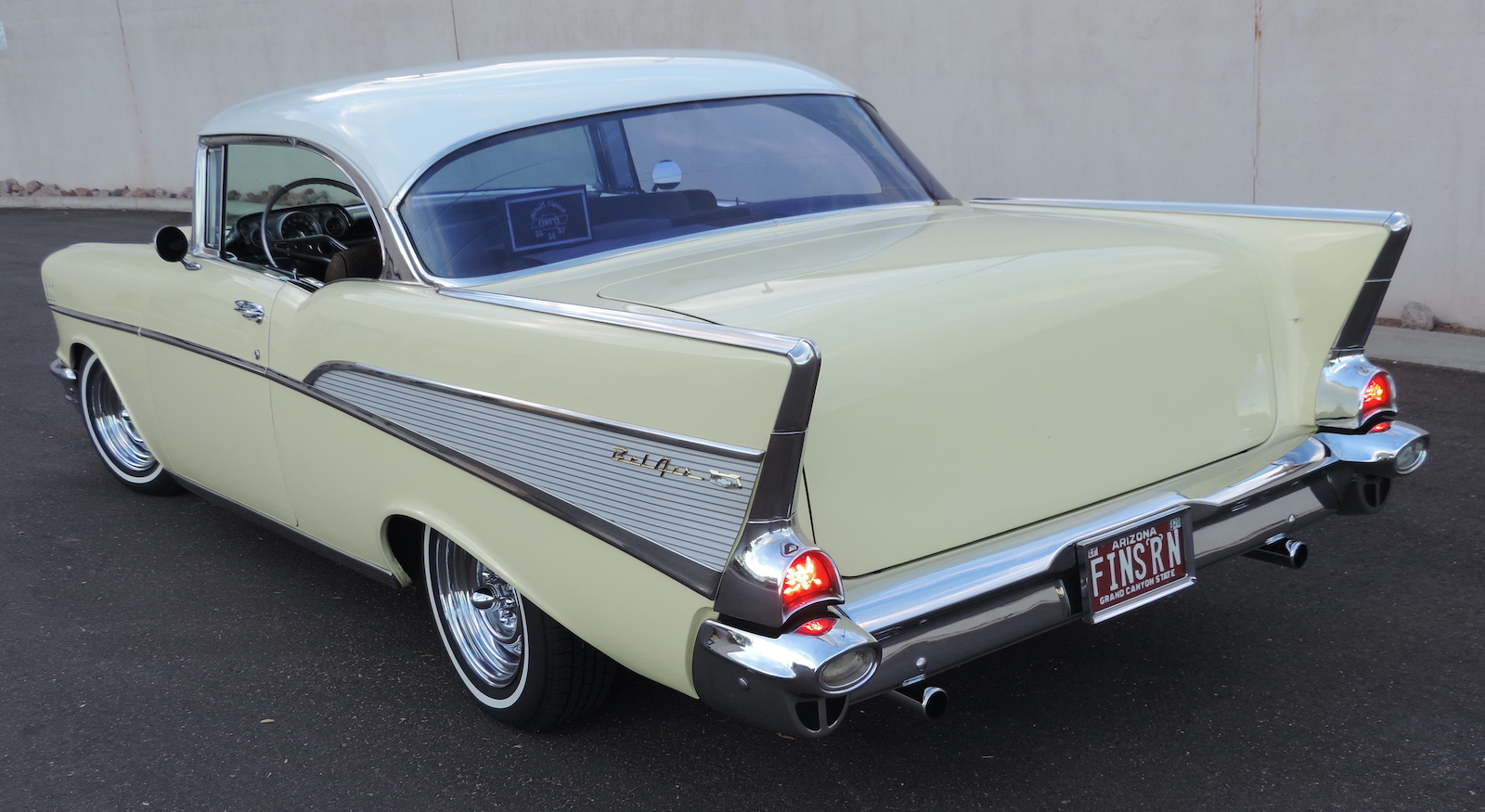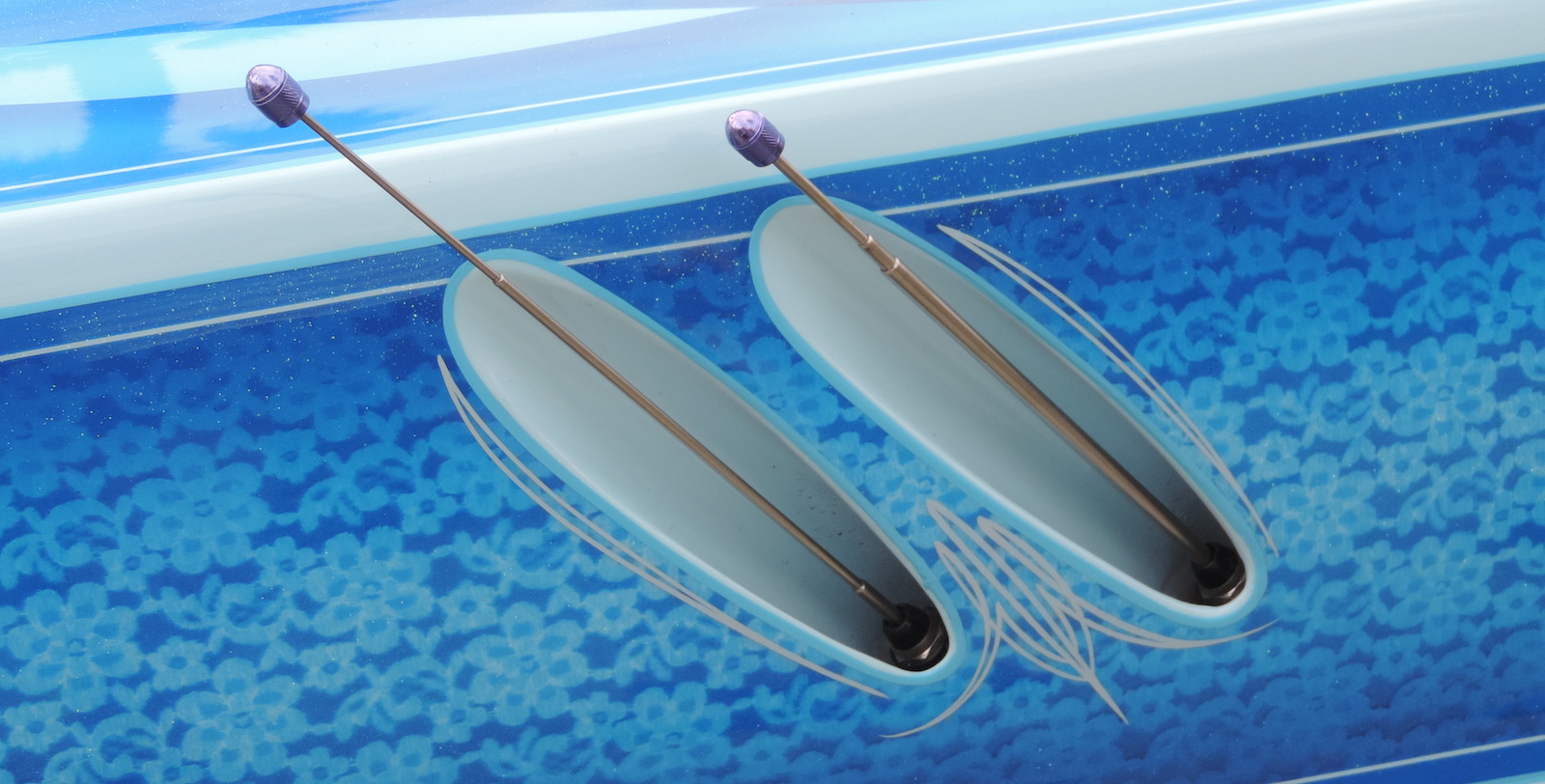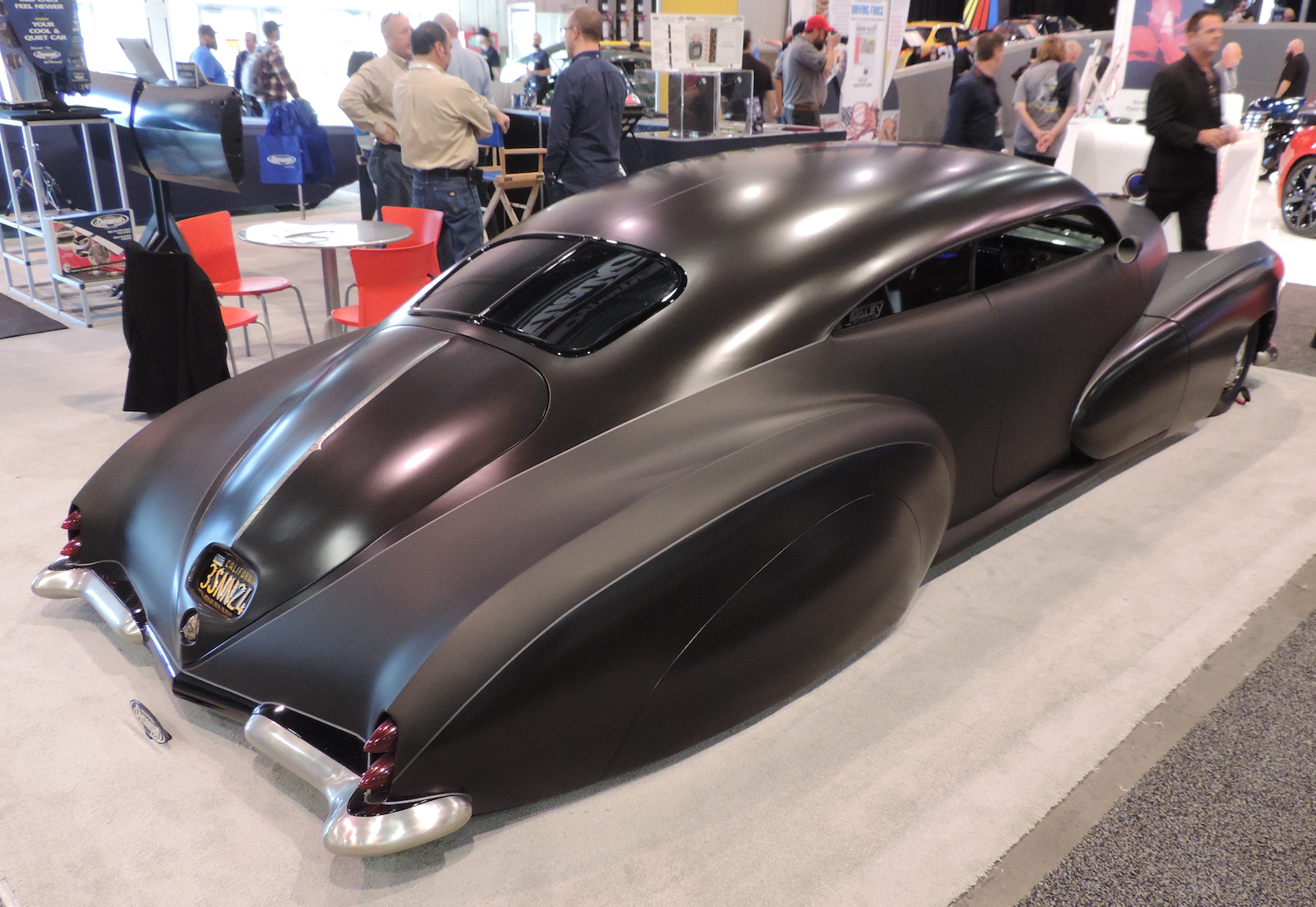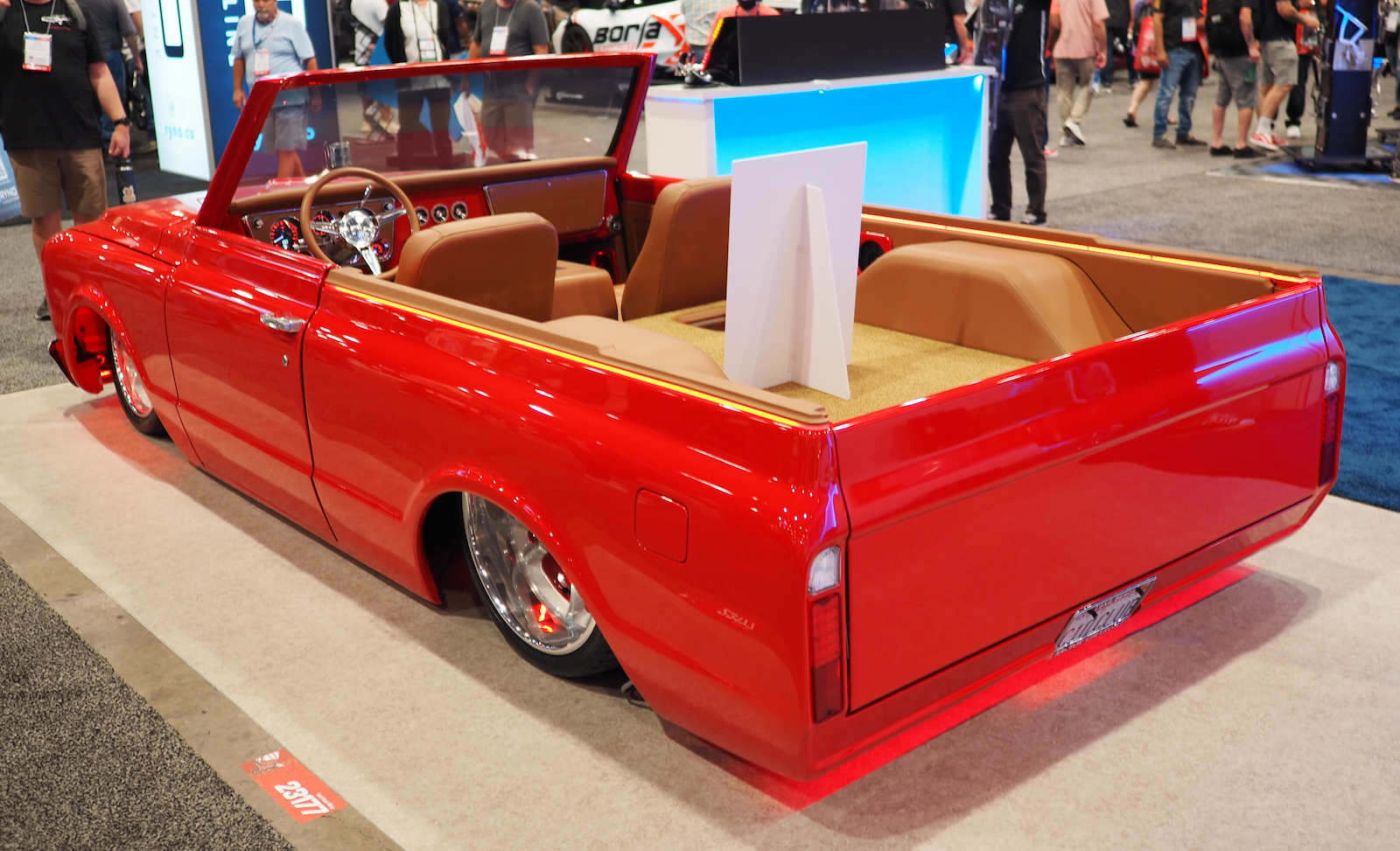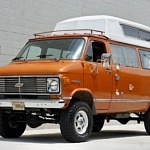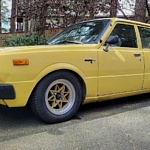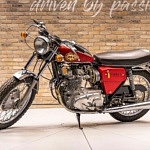Contents
Car enthusiasts don’t know how to leave well enough alone. Every automotive design—no matter how amazing when leaving the showroom—can be improved upon by a skilled modder.
Over time, every enhancement takes on a specific name. However, these terms are lingo that might not be understood by everyone. Flip through this gallery to see what terms you would use.
How does your lingo compare to our definitions, below, of the most common car mod terms. If you don’t agree with our definition, add your comments at the bottom of this page. We will periodically update this post based on your suggestions. Also, please tell us what terms we should add to the list—and offer a sentence or two for how you would describe that overlooked modification.
Of course, you can expect regional variations. Not every term is used throughout the United States and around the world. Some terms are only used for certain types of vehicles, too.
Regardless, when these mods are done right, they add tons of style to a car. The best modifications are often the most subtle. In some cases, you need to compare a stock vehicle to the modified one, side by side, to tell the difference. There’s only one thing you can say for sure about the world of car modification—enthusiasts will never stop looking for ways to alter their rides to reflect their personality.
Chopped
A vehicle is considered chopped when the height of its roof is lowered by shortening the roof pillars. In some cases, the front is chopped more or less than the back to create a steeper angle, resulting in a rakish look. Chopping a roof often requires custom or modified glass, too, to match the smaller openings resulting from the chop. This is most often found on customs from the 1950s and ’60s.
Decked/Nosed
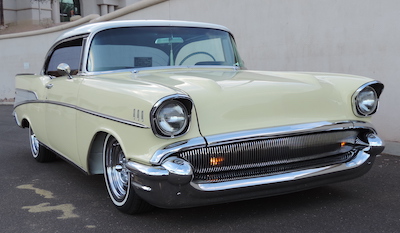
Filled
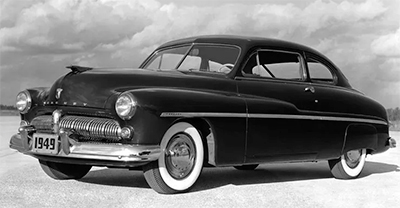
Frenched
A car body is called “Frenched” when its headlights, taillights, antenna, or other parts are inset or recessed into a pocket within the bodywork. The term arose from this mod having a similar look to a French cuff on a shirt.
Pancaked
A hood modified with a lower, flatter profile is considered pancaked. This requires crafting multiple “pie cuts” in the hood and then welding the remaining portions back so the hood height is lowered.
Peaked
Customizers sometimes add or increase a peak in a body seam to accent the body lines. Peaks are frequently seen along fender lines.
Pinched
Front chassis and body panels can be narrowed to match the front grille design. This is also called “narrowed.”
Rolled
To achieve a “rolled” modification, remove the rear bumper and body panel. Then create a custom panel that rolls under the end of the body.
Sectioned
This mod is accomplished by removing a horizontal section of the metal along the car body and joining the top and bottom sections. The result is smaller body height below the belt line.
Shaved
Removing the door handles and side trim gives a car a smoother look. This process includes filling in the door handle so the door panel is smooth. The shaved look requires creating a new way to open the doors, usually with an electric or pneumatic solenoid and switch along the rocker panel.

